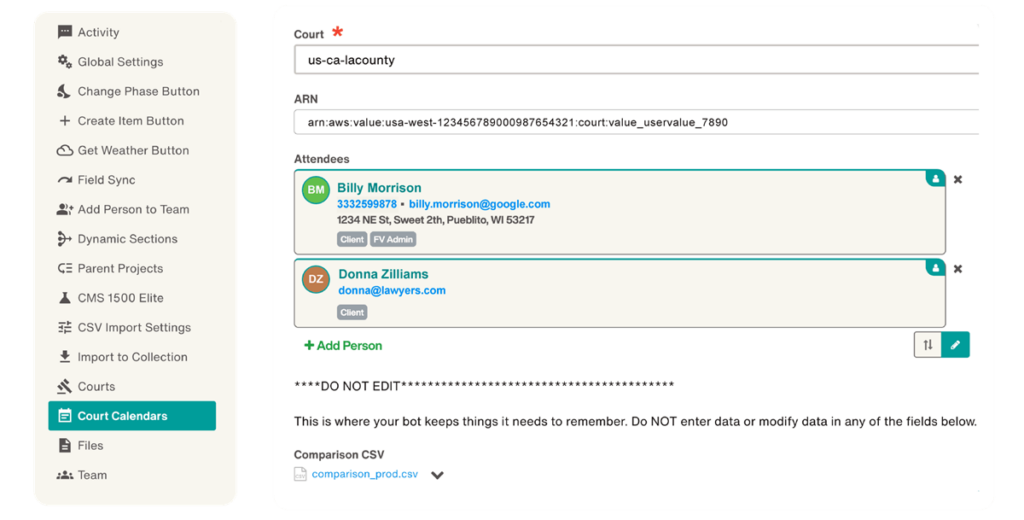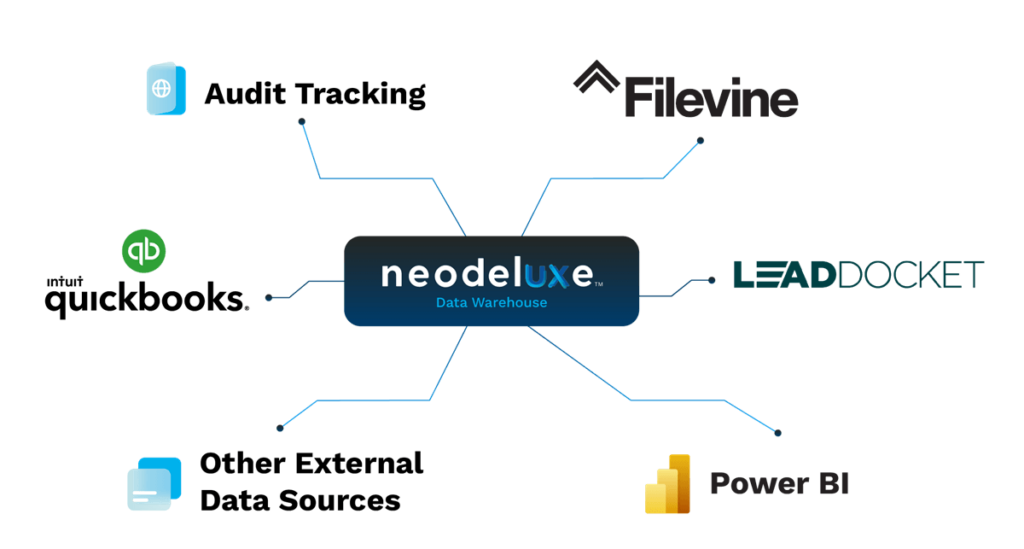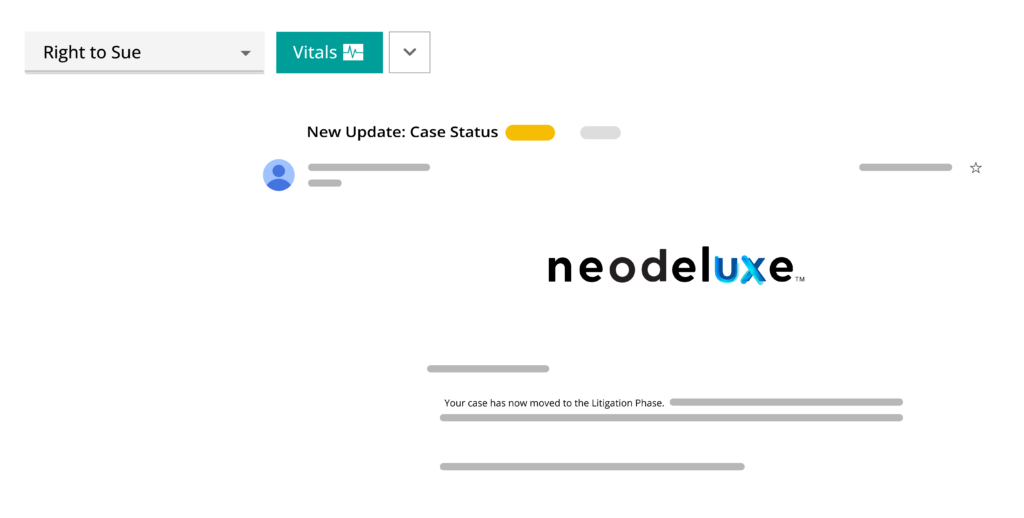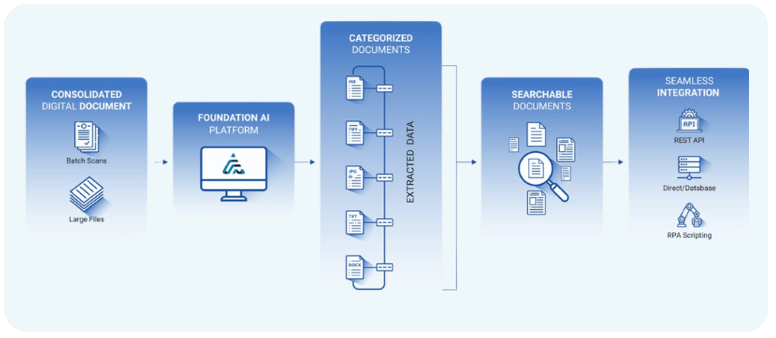Connect and Conquer: Conducting Efficiency in the Symphony of Legal Operations
Is your firm’s technology playing out of tune? Just like an orchestra needs a conductor, legal operations need strategic automation. Learn how to conduct efficiency and create a powerful symphony of interconnected systems.

Navigating the Complex Legal Symphony
The legal industry is more intricate and demanding than ever before. Traditional siloed operations and linear workflows have given way to a complex symphony of interconnected processes, technologies, and data streams. Law firms and legal departments face increasing volumes of data, a growing number of specialized software applications, rising client expectations, and ever-evolving regulatory requirements.
According to a 2024 survey by Lex Machina, 65% of law firms using legal analytics express a desire to expand its application by integrating its data with other firm systems. This underscores a growing need: the seamless integration of legal technology.
Just as an orchestra relies on a conductor to bring its many sections into harmony, legal teams must take a strategic approach to integrating tools and workflows. Instead of reacting to challenges as they arise, firms must proactively unify their systems to improve efficiency, reduce errors, and enhance collaboration.
The Disconnect Dilemma: When Systems Play Out of Tune
Despite advancements in legal technology, many firms struggle with disconnected systems and data silos.
Imagine an orchestra where each section plays its own tune, without regard for the others. The result would be chaos, not harmony. Similarly, in legal operations, when information is fragmented across multiple platforms, it can lead to:
- Data silos: Critical information locked in disparate systems, hindering access and analysis.
- Workflow inefficiencies: Manual data entry and repetitive tasks create bottlenecks.
- Increased errors and risks: Data inconsistency and manual processes increase the likelihood of mistakes.
- Reduced collaboration: Disconnected systems hinder communication and teamwork.
- Lack of strategic insight: Scattered data prevents a holistic view of operations.
Addressing these challenges requires more than just adding new technology—it demands a comprehensive strategy that unifies existing systems, automates routine tasks, and improves data management.
Conducting Efficiency Through Automation
Automation acts as the conductor of legal operations, ensuring that every process is in sync. By implementing automation, firms can:
- Eliminating data silos through integrated systems.
- Reducing manual work with automated data entry and document processing.
- Improving data accuracy by minimizing human errors.
- Enhancing collaboration with centralized access to information.
- Providing strategic insights through better data organization and reporting.
A well-planned automation strategy ensures that tools work together harmoniously rather than creating additional fragmentation. Implementing solutions that support end-to-end automation, leverage artificial intelligence, and prioritize ease of use can significantly improve legal operations.
Bringing Automation to Life: Practical Applications
Automation is already transforming legal workflows across multiple practice areas. Consider these real-world applications:
- Deadline Management: Automating calendar events from data input ensures critical deadlines are scheduled and responsible parties are notified, reducing the risk of missed deadlines.

- Data Synchronization: Integrated systems keep case information up to date across platforms, eliminating discrepancies.

- Client Communication and Updates: Automated messaging systems can provide case status updates and reminders.

- Data Extraction and Document Handling: Automatically extracting key details from legal documents, contracts, and court filings to populate case management systems, reducing manual review time and improving accuracy.

- Automated Team Collaboration Updates: Automating updates in a central activity feed for subscribed project events ensures team members are promptly notified of changes, streamlining internal communication and improving case monitoring.


For firms looking to implement automation solutions, leveraging pre-built case management automations can accelerate the transition and ensure consistency across legal operations.
The Future of a Connected Legal Symphony
As legal technology continues to evolve, firms that embrace integration and automation will be better positioned to adapt to change, improve client service, and enhance overall efficiency. Expanding integrations with CRM, Client Portals, and more will further streamline legal operations while ensuring data remains secure and accessible.
Taking the Next Step: Conducting a More Efficient Future
Optimizing legal operations requires a shift toward connected, automated workflows. Firms that invest in strategic automation can improve efficiency, reduce risk, and enhance collaboration.
